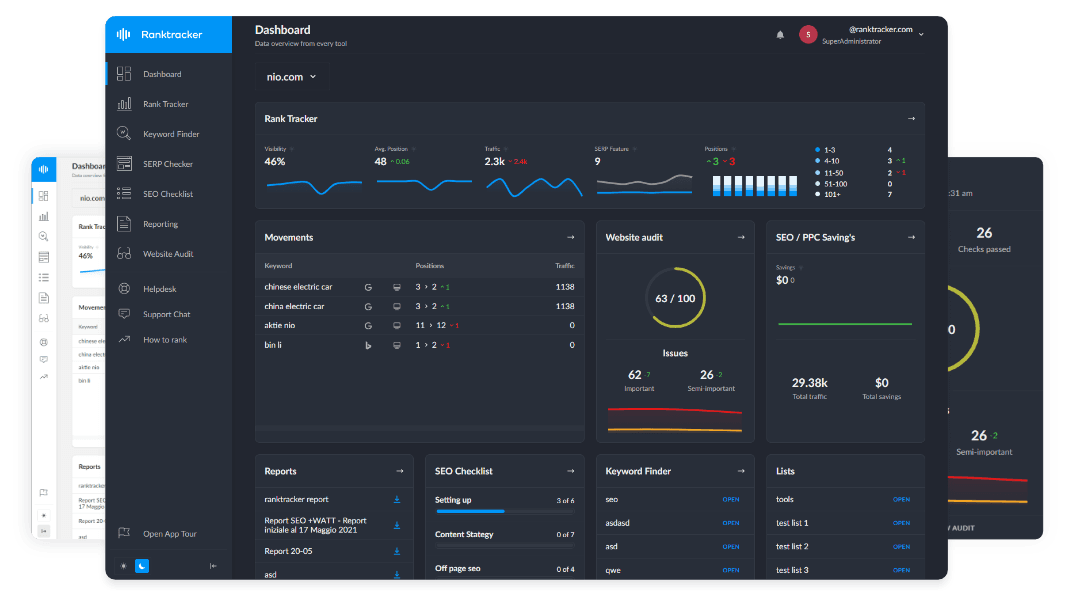Intro
Link building is a fundamental part of search engine optimization (SEO), and in the United States, where digital competition is high, it requires a sophisticated and strategic approach. Google is the dominant search engine, but businesses must focus on high-quality backlinks from authoritative sources to improve online visibility and domain authority.
Understanding the U.S. SEO Landscape
The U.S. SEO landscape is highly competitive and diverse, with businesses investing heavily in digital marketing. Successful link-building strategies should incorporate high-authority media, business directories, industry partnerships, and influencer collaborations to secure valuable backlinks.
Key Link Building Strategies in the United States
1. Guest Posting on High-Authority Sites
Publishing guest posts on established U.S. websites can significantly enhance domain authority. Consider platforms such as:
- Forbes
- Entrepreneur
- Inc.
- Business Insider
- TechCrunch (for tech-related content)
Tip: Follow editorial guidelines and provide unique, valuable insights to increase acceptance chances.
2. Leveraging Local Business Directories
The United States has several authoritative business directories that offer valuable backlinks. These include:
- Yelp
- Better Business Bureau (BBB)
- Angie’s List
- YellowPages
- Chamber of Commerce Directories
Listings on these platforms boost local SEO rankings and improve search visibility.
3. Digital PR and News Mentions
Building relationships with journalists and media outlets can lead to earned media links. Use platforms like:
- HARO (Help a Reporter Out)
- Muck Rack
- Cision
By offering expert commentary and industry insights, businesses can secure backlinks from major news outlets such as CNN, The New York Times, and The Wall Street Journal.
4. Broken Link Building
Finding and replacing broken links on authoritative U.S. websites is an effective way to earn backlinks. Tools to help with this strategy include:
- Ranktracker Site Explorer
- Check My Links (Chrome Extension)
- Screaming Frog SEO Spider
This method helps restore lost links for site owners while benefiting your SEO efforts.
5. Local Citations and Geo-Targeted Links
If targeting local customers, focus on acquiring geo-relevant links from sources like:
- City-specific blogs and newspapers
- Local chambers of commerce
- Industry-specific directories
Local citations help reinforce location signals to search engines and improve local rankings in Google My Business.
6. Influencer and Blogger Outreach
Partnering with U.S.-based influencers and bloggers in your niche can result in high-quality backlinks. Use platforms such as:
- BuzzSumo (to find influencers by niche)
- Upfluence
- Pitchbox
Influencers can link to your website in blog posts, social media, and collaborations, improving referral traffic and brand credibility.
7. Content Marketing and Linkable Assets
Creating high-quality, link-worthy content increases natural backlinks. Consider:
- Data-driven reports (e.g., U.S. market trends)
- Infographics
- Ultimate guides
- Case studies
When content is original, insightful, and backed by data, it naturally attracts links from industry leaders and publications.
8. Competitor Backlink Analysis
Analyze competitors’ backlink profiles to uncover hidden link-building opportunities.
Tools to use:
- Ranktracker
- SEMrush
- Moz Link Explorer
By replicating high-quality backlinks acquired by competitors, businesses can level the playing field and improve search rankings.
Common Link Building Challenges in the United States
Strict Editorial Policies
Many U.S. publishers require high-quality, non-promotional content, making guest posting and PR outreach more competitive.
Outreach Fatigue
High-authority sites receive numerous link requests daily, so personalizing your outreach emails and providing unique value is essential.
Regional Competition
Competing for backlinks with major brands can be challenging, requiring targeted outreach, creative content, and industry-specific link-building strategies.
Measuring Link-Building Success in the United States
Tracking link-building efforts ensures continuous improvement and ROI measurement.
Key Link-Building Metrics to Monitor:
- Number of referring domains – Higher-quality domains improve rankings.
- Domain Authority (DA) and Domain Rating (DR) – Track improvements using Moz, Ranktracker, or Ahrefs.
- Organic traffic growth – Analyze impact using Google Analytics.
- Anchor text distribution – Ensure a natural mix of branded, generic, and keyword-rich anchors.
Conclusion
Successful link building in the United States requires a strategic, white-hat, and quality-driven approach. By focusing on guest posting, HARO, local citations, content marketing, and competitor link analysis, businesses can achieve higher domain authority, increased organic rankings, and long-term SEO success in the U.S.

